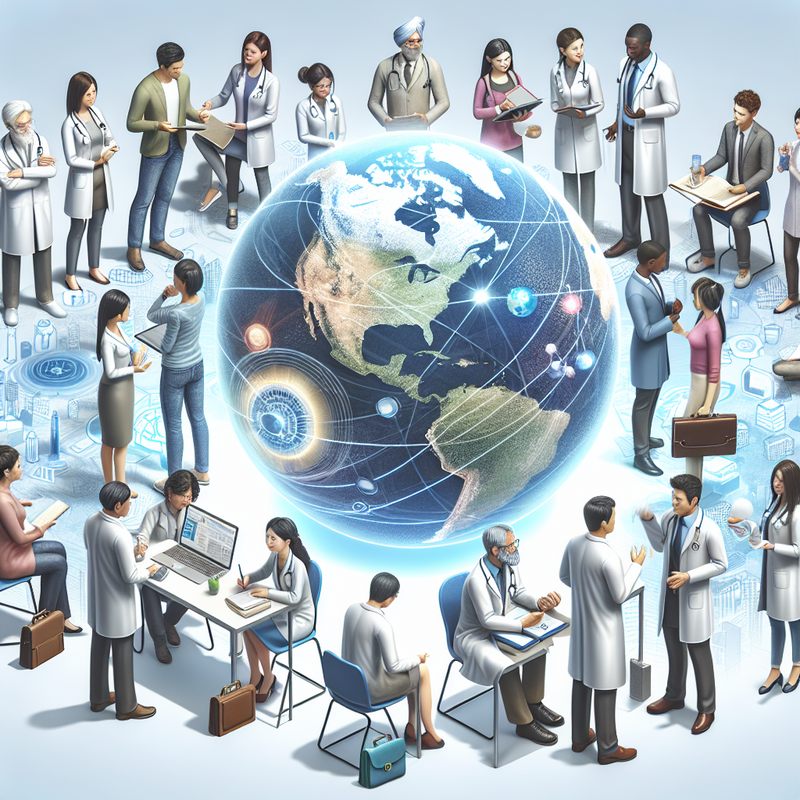Coalitions across the globe are working tirelessly to ensure high-quality education and health for every individual, regardless of their age.
The World Health Organization defines health as a state of comprehensive physical, mental, and social wellness – going beyond simply the absence of disease. The task of managing global health has become a pressing concern, particularly in light of globalization and climate change.
Historically, progress in health and longevity has been attributed more to improved living conditions, proper nutrition, and natural healing powers than to advancements in disease treatment. The contemporary discourse is centred around harnessing this knowledge to pave the way for a prosperous and healthy future for everyone.
In the field of education, the primary goal is to prepare younger generations for a successful transition into adulthood. The dynamic nature of the 21st-century world necessitates an education system that adapts and caters to the evolving needs of the students.
Promoting Autonomous Learning Amid Mounting Challenges
Imagine a medical treatment that could reduce blood pressure, mitigate the risk of heart disease and cancer, boost immune function and alleviate pain, all while being safe, affordable and readily available. Pleasant side effects of this treatment include feelings of contentment, self-assurance and overall happiness.
In “The Rebirth of a Great American School System and a Strategy for America’s Schools”, David L. Kirp investigates whether schools are adequately preparing students for a fulfilling future and proposes strategies for improving weak areas. Considering the current crisis in American education, he reviews four school districts where positive change has transpired.
Education’s potential cannot be underestimated; perhaps a young girl from an African village could discover a cure for cancer, or a fisherman’s son from New Guinea might hold the key to sustain marine health. Integrating smart use of technology with superior teaching methods holds the potential to nurture students equipped for self-guided learning, profound comprehension, and innovative problem-solving.
Studies from Oxfam to the World Economic Forum in 2019-2020 underlined that wealth disparity was impeding poverty eradication and gender equality advancements. The report paraphrased, “Inequality isn’t an inevitable political outcome. Concrete actions can be implemented to diminish it.”
US Maternal Mortality Rates and Wealth Disparity
The US has alarmingly the highest maternal mortality rate among developed countries, with hazardous complications for new mothers having doubled in the last twenty years. How to tackle this concerning trend is a dilemma that warrants further exploration.
Academic Scott Pelley stressed that earning a college degree proves to be the most effective way to lessen the wealth divide. Institutions like Princeton are initiating efforts to bolster accessibility through affirmative action for low-income status students.
The Organization for Economic Co-operation and Development (OECD)
Finally, The OECD, established in 1961 and based in Paris, offers a platform for member nations to exchange experiences, address common problems, and advocate policies that augment economic and social welfare worldwide. Through OECD Watch, the organization strives to ensure that corporates contribute to sustainable growth and poverty elimination.







